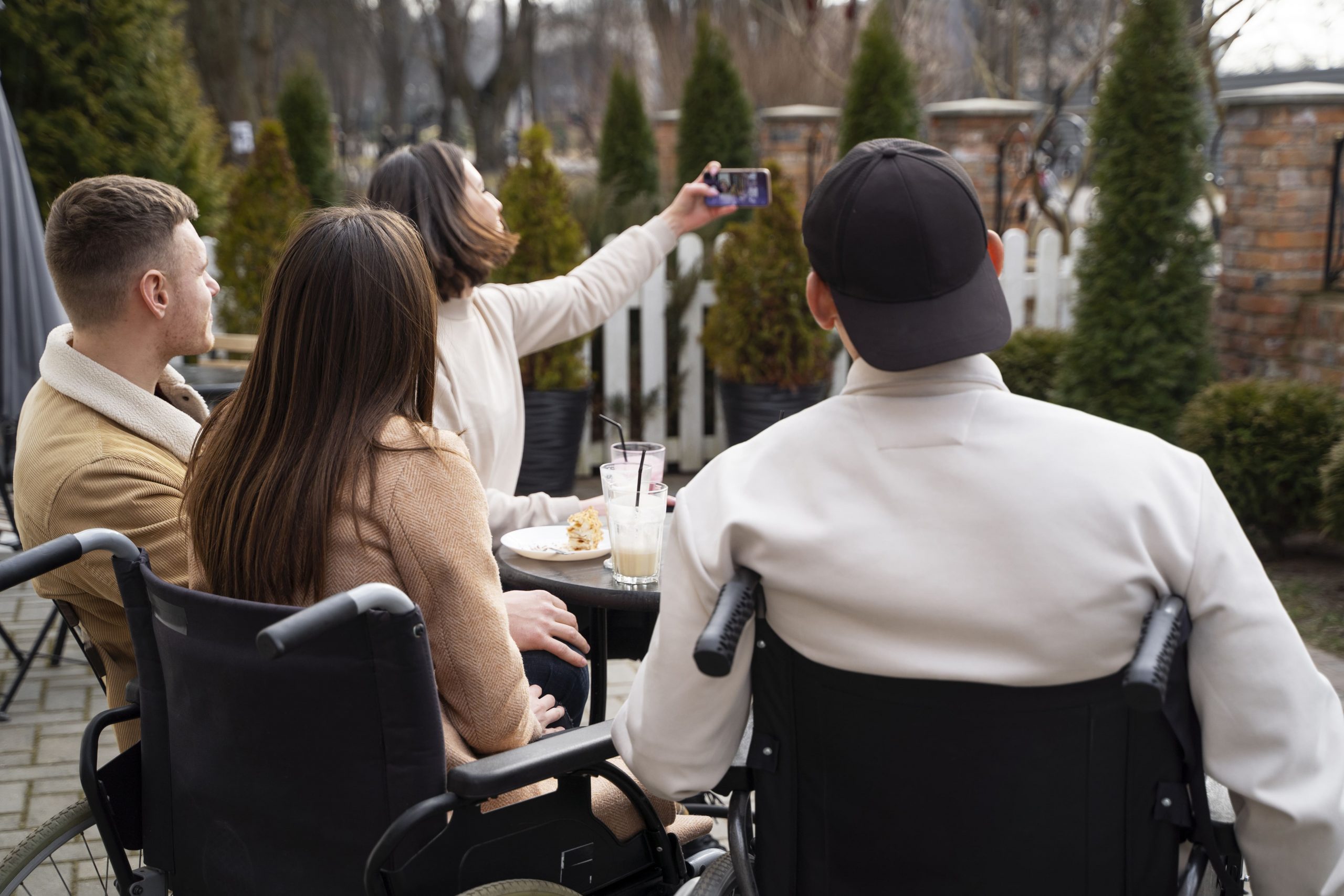
A park for everyone
Join us in discovering the transformation of the park that successfully implemented universal access in many ways thanks to political will, in the article “A Park for All ” by Sandra Esparza.
In 2012, a visit to the Central Park of San Juan, Ecuador, revealed that people with disabilities could not enter due to multiple barriers. To develop an inclusive park, the mayor (a wheelchair user) was invited to take a tour to personally see the barriers.
45-centimeter-high curbs and steps were the first obstacles that blocked his entry, an experience that motivated him to accept the proposal to make the park accessible.

Without universal access.
Photography: Freepik
It was necessary to visit the area multiple times, at various hours in order to gather opinions from locals with and without disabilities, observe the activities and limited attractions within the park and its surroundings, and photograph every detail to collect information for analysis and to develop a design according to the community’s needs.
With the diagnosis, sign language and Braille knowledge exercises were developed to raise awareness among the population and authorities, which revealed the need to incorporate informative materials, in consequence, plaques of basic signs of sign language, the Braille alphabet and guide stripes were placed so that people with visual and hearing disabilities can easily reach all areas and each piece of furniture, achieving an accessible and inclusive design.

Podotactile soil.
Photography: Freepik
The leveling of sidewalks and surrounding streets achieves accessible entrances for wheelchair users, those with canes and crutches, for women pushing strollers or carrying children in their arms, and for the elderly.
The delimiting walls around the perimeter and with different heights serve as benches for resting, socializing, taking ownership of the space, and inadvertently becoming guardians of the park.

Ecuador’s accessible park.
Photography: Puntodis
The information map, available in Spanish, Braille, and QR with audio located at the main entrance, was designed for the visually impaired, but it is of great benefit to everyone.
The benches have central armrests and enough space on either sides for the wheelchair user to transfer independently, also for parking strollers, walkers or suitcases without interrupting the passage of other visitors.

Current benchs.
Photography: Sandra Esparza
The water fountains, with three levels, are accessible for wheelchair users, individuals of short stature, children and even pets. Playground equipment and exercise machines are also inclusive. All the areas serve for resting and reading, they have scented bushes that guide blind people.
The tree roots have grown deeper to prevent pavement uplift, and their wide canopies with evergreen leaves deter insects while providing ample shade. Some trees are conveniently accessible for visitors to enjoy their fruits and serve as landmarks for orientation.
The snack kiosk is accessible to people with physical, visual, hearing, short stature disabilities, children and everyone in general.

Wheelchair in public space.
Photography: freepik-jcomp
Family restrooms with diaper-changing facilities are accessible and inclusive. The lights are strategically placed to improve visibility and safety. Additionally, water fountains have been installed to provide guidance for all visitors, including those who are visually impaired.
Thanks to the mayor’s commitment to renovation, the neighborhood was improved, property values in the area increased, as well as the self-esteem of all individuals. In addition, the environment became healthier and the park was transformed into a place for social and commercial activities.
All of the above demonstrates that these complex realities and issues can be changed in different sectors if there is the political will, commitment of the professionals involved in the construction of public spaces and of the users.
Thanks to the mayor’s commitment to remodeling, the park became a place for developing social and commercial activities accessible to everyone, improving the environment and people’s self-esteem.

Friends in a park.
Photography: Freepik











